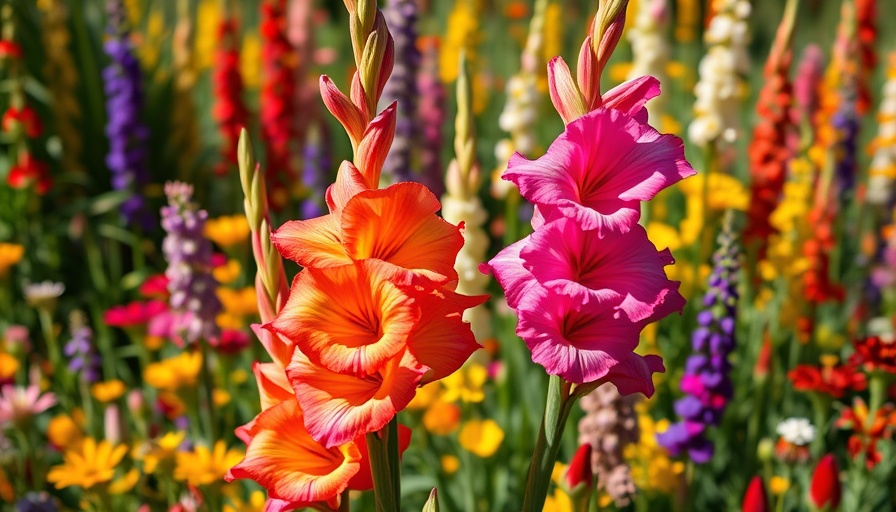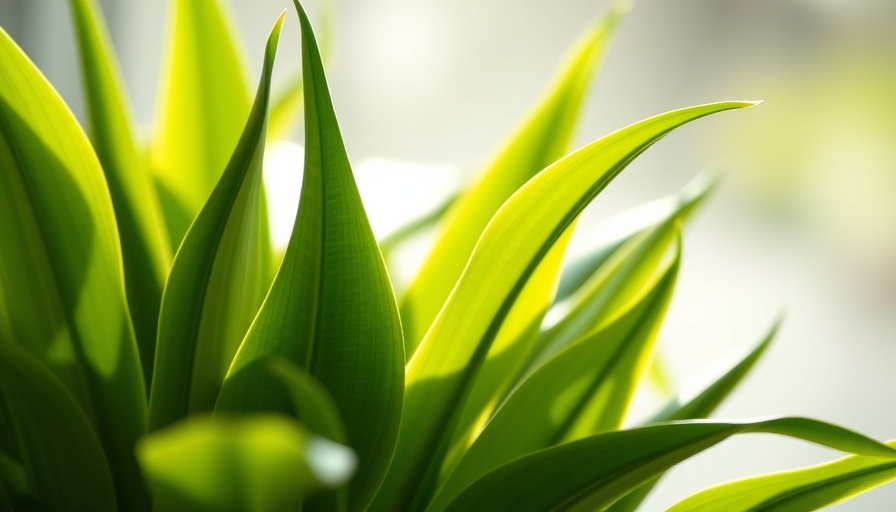
Understanding Hydrangeas: Why Aren't They Blooming?
For Long Island homeowners seeking to maintain their gardens, a hydrangea that won’t bloom can be a source of frustration, especially when others in the neighborhood display captivating blossoms. The reasons can vary widely, ranging from environmental factors to care mishaps. Here, we break down some of the most common issues affecting your hydrangeas and offer practical solutions.
1. The Perils of Frost Damage
Frost can wreak havoc on hydrangea flower buds, particularly for varieties that bloom on old wood, such as the popular bigleaf and oakleaf types. When planted in colder zones, these hydrangeas are especially vulnerable to early frost damage. To mitigate this risk, Long Island gardeners should consider protective measures during harsh winters, like covering them with burlap or mulch, which can insulate the buds and help maintain optimal growing conditions.
2. Timing is Everything: The Crucial Role of Pruning
Pruning at the wrong time can drastically affect your hydrangea's blooming potential. Hydrangeas bloom on either old wood or new wood. Make sure to prune accordingly: for those blooming on old wood, the cut should occur immediately after the flowers fade in late summer; for new wood varieties, prune in early spring before the buds appear. Ensuring correct pruning timing can bolster that vibrant display you're aiming for.
3. Youth and Establishment: Understanding Growth Cycles
If your hydrangea is newly planted, it could take a couple of years to establish itself before achieving its blooming potential. Patience is key, and nurturing young plants with proper care will help them thrive as their roots develop in the new environment.
4. The Impact of Light on Blooming
Another essential factor is sunlight. Hydrangeas thrive in filtered sunlight; while they can tolerate some shade, too much can hinder blooming. Aim for 4-5 hours of sunlight daily. If your plant resides in full shade, consider relocating it to a more favorable spot to support blooming.
5. Choosing the Correct Fertilizer Strategy
Be cautious with fertilizer! Over-fertilizing with nitrogen-rich products can lead to lush leaves at the expense of flowers. Opt for fertilizers specifically designed for hydrangeas, with a balanced nutrient profile to promote blooms.
By being aware of these aspects, Long Island homeowners can take proactive steps to encourage blooming and enjoy the full potential of their hydrangeas. For detailed guidance tailored to your specific types and conditions, reach out and explore more about your gardening needs.
 Add Row
Add Row  Add
Add 




Write A Comment